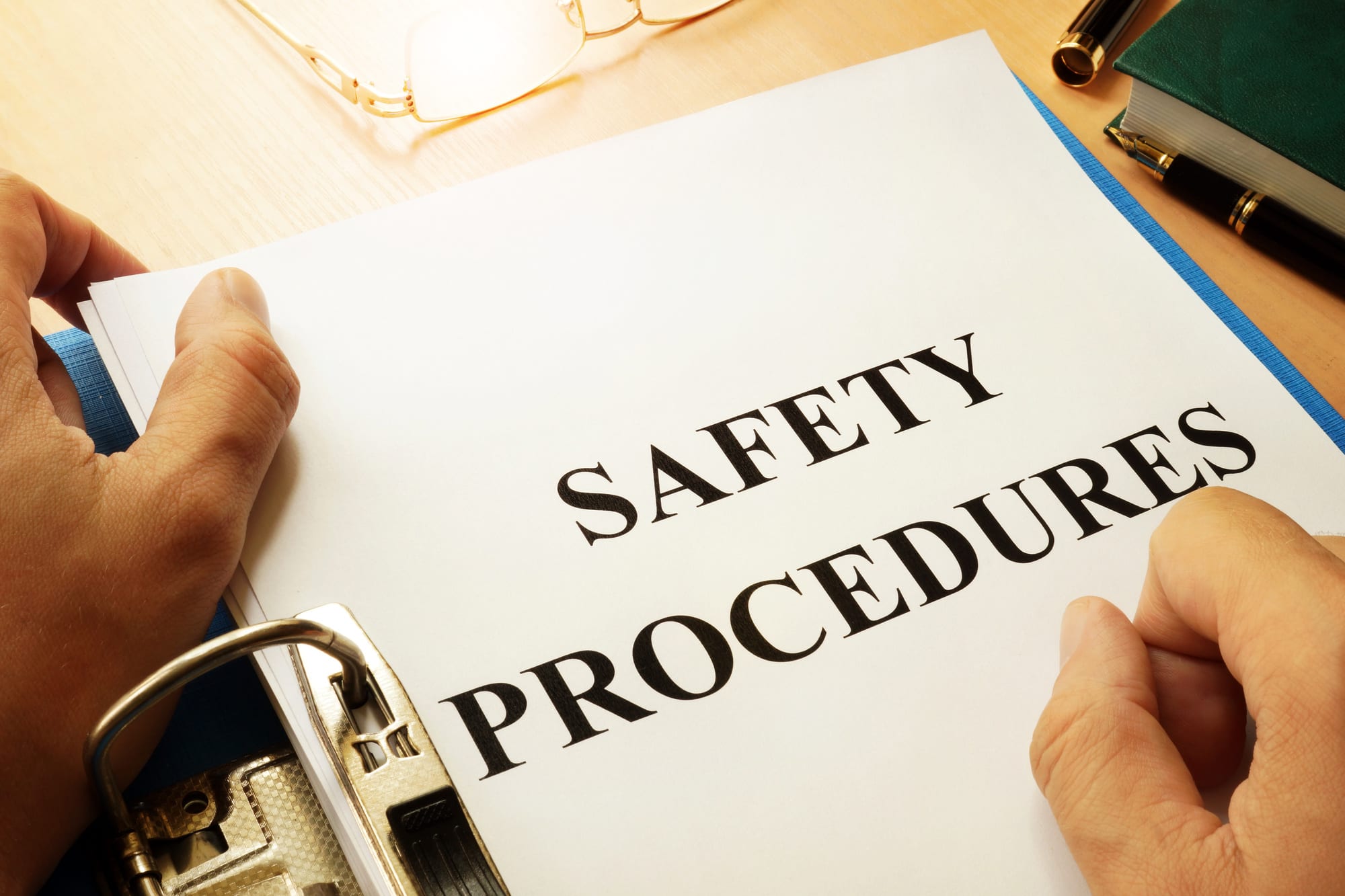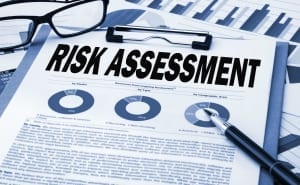10 Important Cybersecurity Tips
Cybersecurity, information technology security or computer security is the process of the protection of computer systems, programs, and networks from digital attacks or the theft or from the damage of the hardware, software, electronic data or misdirection or disruption of the services they provide.
The cyber attackers usually aim at changing, accessing, or destroying sensitive and personal information. They also tend to extort money from the user or even interrupt the normal business process. In today’s world, cyber attackers are becoming more and more innovative, and cybersecurity is very challenging as it is more vulnerable now these days as businesses now opting for cloud services to reduce the risk of cyber attackers. If you own a small business or are looking for some tips and tricks to avoid getting hacked, then you are in the right place!
Why is Cybersecurity Important?
In today’s connected world, you don’t have to have big secrets of having cybersecurity, and you can have a small business running and need cybersecurity. You may need cybersecurity just to protect your family photos at an individual level. Everyone needs cyber-defense programs. Cyber attackers also aim for identity theft; extortion attempts to access to bank account details. Power plants, hospitals, and even financial service companies rely on cyber-defense programs.
Our society keeps on functioning with the help of these cyber-defense programs. Everyones have been benefiting by being secured. Talos has a team of 250 researchers who investigate any new emerging cyber-attack strategies or new threats. They come up with new vulnerabilities and also educate every individual on the importance of having cyber-defense programs. They strengthen open source tools and makes it all a lot safer for everyone.
Types of Cybersecurity Threats
Following are the main types of cybersecurity threats that everyone should be aware of:
Phishing
This is where the cyber attackers send fake and fraud emails to people that have the same format and resemble the emails from reputable sources. They try to steal login information and sensitive data like credit card details. This is the most common type of attack which anyone could face. You can protect yourself from this type of cyber attack by filtering malicious emails using a technology solution.
Malware
This is also software designed by cyber-attackers to gain unauthorized access and can even cause damage to a computer system.
Social engineering
This is a threat that can be combined with any of the threats stated above and can take over your system by clicking on links, downloading or trusting a malicious source. This is a tactic used by adversaries. Social engineering can reveal sensitive information and gain access to your confidential data. It can also solicit a monetary payment.
Important Cybersecurity Tips
You are always a target for hackers
The very first tip is never to think it won’t happen to you. Everyone is at risk by cyber-attackers. Attacks can be as little as stealing your family photos or as big as hacking bank accounts. Everyone is an attractive target. Be more active as cyber-attackers don’t discriminate between any users.
Keep software up to date
Always update your software as old software can make you vulnerable to cyber-attackers. Install every latest update for your operating system. Turn on the automatic updates so your system can install any new fixes by itself. Keep browsers like Flash and java up to date. Use web browsers like firefox and chrome as they receive automatic and frequent security updates.
Beware of suspicious emails and phone calls – Avoid Phishing scams
These phishing scams are a constant threat as receiving, and opening emails is a daily chore for everyone. Cyber-attackers trick you into divulging information as personal as login id and password or even banking information. These scams can be carried out by text or through social media sites but are usually sent by email. Use cyber-defense programs to identify any suspicious-looking email and be aware of any phone call asking for personal details like banking details
Good password management
You have too many passwords to manage and end up taking shortcuts and using the same password for every website, and that makes you prone to cyber-attackers. There are many programs available that can help you with managing strong passwords and reminding you to change the time by time. For a password 20 or characters are recommended. Use a mix of different characters like uppercase, lower case, and numbers. Don’t use the same password for multiple websites. Update your password every 90 days and don’t share your password.
Think and Click
Don’t visit untrusted websites and download software or links from random sources as they contain threats like Malware which can silently compromise your system. Any emails with links attached from unknown sources or suspicious should not be opened.
Never leave devices unattended
Lock your screen with the password of your computer systems and your phone. But with technical security, physical security is just as important. Don’t ever leave your phone, tablet or computer unattended for a long period. Lock it up in a bag pack or anywhere else so no one can use it. If you have any sensitive information in external hardware or a flash driver, keep it locked in a backpack or anywhere else safe as well. For desktop computer users, always shut-down the system when you are not using it and keep the screen locked.
Protect sensitive data
Always handle sensitive data very carefully. Be aware of any data that is sensitive if you come in contact with it. Keep all your sensitive data that includes your credit card information, health information, and if you are a student, any student record off of your laptop, mobile devices or workstation in general. Remove any sensitive date files or information away from your system when you don’t need it. Always use encryption whenever you are storing or transmitting any sensitive or important data.
Use cell phone devices safely
Always lock your phone with a password and never leave it unattended in public for a long time. Never install apps that sources that you don’t trust. Don’t click on attachments or links from texts or emails that look suspicious. Keep your operating system up to date. Backup all your important data somewhere. Use find my iPhone for apple and android device manager tools to help prevent any theft or loss. Avoid storing or transmitting any personal and sensitive information on the device.
Install anti-virus protection
Install an anti-virus program from a trusted and a known source and keep engines, software and virus definitions up to date, so the anti-virus program remains effective.
Back up your data
Always backup all your personal and sensitive data as you may never know what happens. Back up very regularly, so getting your data back is guaranteed. If any security incident happens, the only way to repair is to erase and re-install the system so all your data will be erased.
WRAPPING UP WITH MORE TIPS
- Use a firewall.
- Use public wireless hot-spots very wisely and carefully.
- Be conscientious of what you plug into your computer , especially with flash drives and smartphones as they can also contain malware.
- Be careful of what you share on social networking sites as they may provoke cyber-attackers.
- Monitor your accounts for any suspicious activity.
- Bank or shop online only on trusted devices and networks and as soon as you have completed your transactions, logout.




 There were nearly 3 million workplace injuries and illnesses reported in 2018. Workplace safety has never been more important.
There were nearly 3 million workplace injuries and illnesses reported in 2018. Workplace safety has never been more important.
